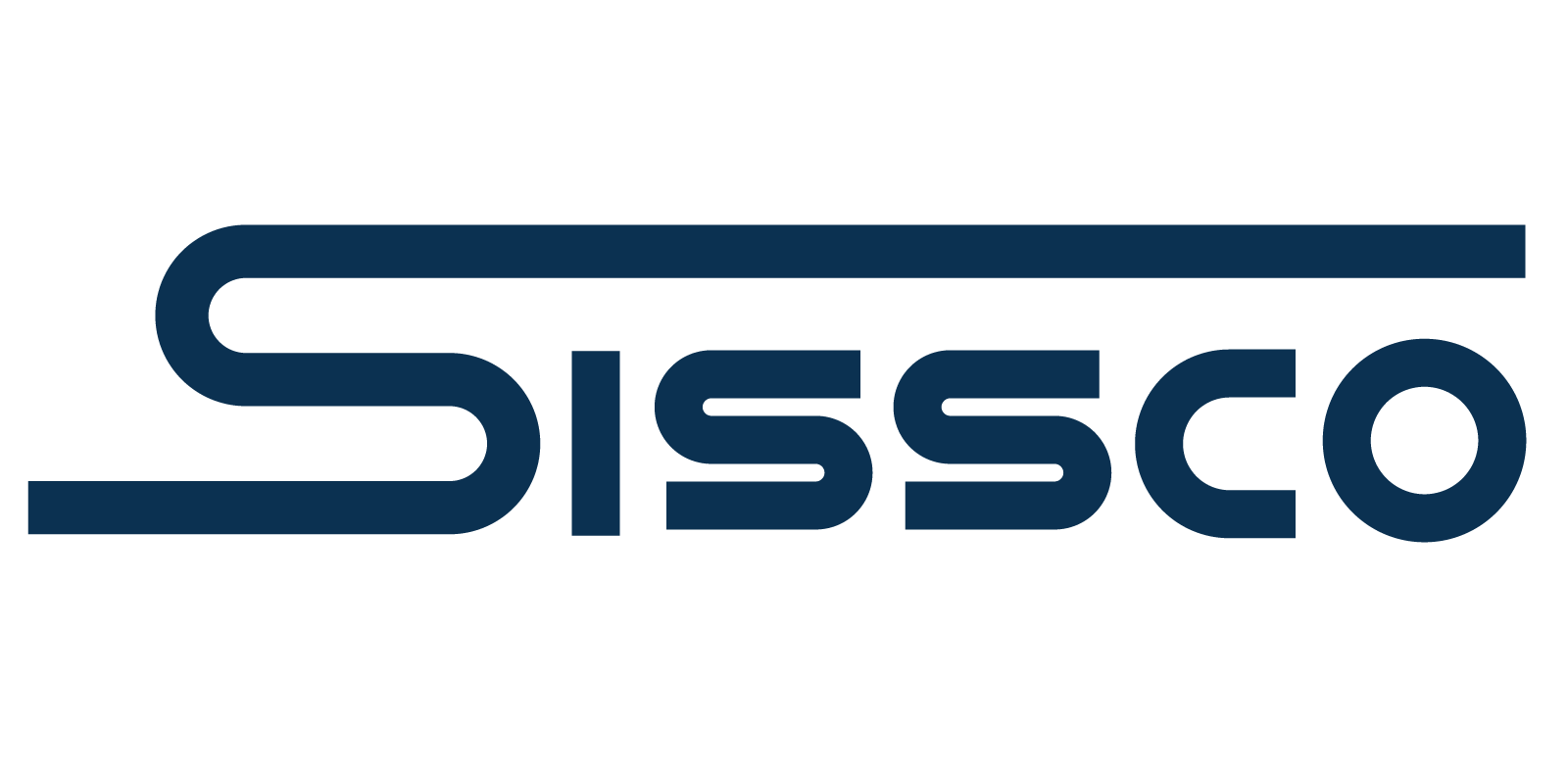Every New York business operating overhead cranes understands the frustration of frequent repairs. Downtime from unexpected breakdowns isn’t just inconvenient; it leads directly to lost productivity, missed deadlines, and escalating expenses. Equipment failures can halt operations entirely, and every minute of downtime translates directly to lost revenue. Even minor repairs, if frequent enough, accumulate to major disruptions that businesses can’t afford.
However, constant repairs aren’t inevitable. Operational habits, preventive maintenance, and informed care largely dictate the frequency and severity of overhead crane repairs. Implementing systematic, rigorous protocols can dramatically minimize downtime and unnecessary expenses, ensuring your cranes perform reliably year-round.
Understanding the Real Problem with Overhead Crane Repairs in NY
It’s a given—overhead cranes require periodic repairs, maintenance, and upgrades to maintain safety and efficiency. Yet, what many businesses don’t fully appreciate is how significantly their operational methods influence the frequency of these repairs. Poor operational practices, skipped or superficial inspections, and inadequately trained personnel can rapidly degrade crane components, leading to frequent, costly breakdowns. These issues are entirely preventable with the right approach.
At SISSCO, we’ve witnessed firsthand how neglecting small issues inevitably snowballs into major repairs. A seemingly minor oversight, like ignoring slightly frayed wire ropes or small leaks in hydraulic lines, can swiftly become a critical failure. Our experience underscores the importance of diligent care—it’s not just good practice; it’s financially imperative.
Daily and Pre-Shift Inspections are Non-Negotiable
Consistent daily inspections are foundational to preventing larger, costlier crane repairs. Qualified operators should begin every shift by inspecting critical crane components, including wire ropes, hooks, hoist chains, control mechanisms, and hydraulic or air lines. Identifying subtle signs of deterioration or damage at this stage enables immediate, cost-effective intervention.
For example, a small hydraulic leak caught during a pre-shift inspection can be repaired swiftly, preventing a catastrophic loss of hydraulic pressure and potentially costly downtime later that day. By embedding these checks into your operational routine, you proactively avoid the domino effect of minor issues evolving into major disruptions.
Rigorous Monthly and Periodic Inspections as a Preventative Measure
Beyond daily checks, detailed monthly inspections provide another essential layer of protection. These should cover in-depth evaluations of wire ropes, hoist chains, hooks, and all integral crane systems. Monthly inspections aren’t just recommended; they’re required by OSHA and ASME standards precisely because they significantly reduce accident risks and downtime.
We at SISSCO advise keeping meticulous records of these monthly inspections, including clear identifiers for each component inspected, dates, and inspector signatures. Such records not only facilitate prompt repairs but also provide critical insights for forecasting future maintenance needs, helping your operations stay ahead of issues rather than constantly reacting to them.
Importance of Proper Training and Designation of Personnel
Qualified personnel are crucial to crane longevity. Operating and maintaining overhead cranes involves significant risks, and untrained personnel can inadvertently accelerate equipment wear through improper use. Ensuring that your crane operators and maintenance crews are fully trained and regularly refreshed on best practices directly translates to fewer breakdowns.
Proper training should cover operational standards, safety protocols, and routine maintenance skills. For instance, crane operators should understand how even small side pulls or slight overloads can incrementally damage crane structure and hoist integrity. Empowered with knowledge, your team becomes the first and most effective line of defense against costly crane repairs.
Operational Best Practices that Directly Impact Crane Longevity
Routine operations play an enormous role in crane lifespan. Practices like carefully aligning loads, avoiding side pulls, strictly adhering to load limits, and smooth operation during crane movement significantly reduce stress on crane components. Consistent adherence to these practices significantly reduces unexpected repairs and maximizes equipment life.
Consider side pulls: frequently pulling loads at angles rather than vertically can deform and weaken structural components. Educating your operators to avoid these common but detrimental habits immediately translates to tangible savings by prolonging crane durability and operational uptime.
Maintenance and Documentation Standards
Finally, a disciplined approach to maintenance documentation supports better decision-making and proactive repairs. Detailed, well-maintained records provide a clear historical picture of crane performance, enabling timely preventive interventions. These records help detect trends and recurring issues, signaling potential problems before they become critical failures.
At SISSCO, we’ve found that organizations that maintain thorough documentation consistently experience fewer costly repairs and unplanned outages. This documentation practice provides clarity, accountability, and informed scheduling of predictive maintenance tasks, all crucial for sustained crane reliability.
Reduce the Need for Overhead Crane Repair in NJ
The necessity of frequent overhead crane repairs can be dramatically reduced through informed daily inspections, comprehensive monthly checks, qualified personnel training, disciplined operational habits, and meticulous record-keeping. By adopting these rigorous yet straightforward standards, NY businesses will experience significantly less downtime, controlled repair costs, and greater operational safety. Implementing these preventive strategies isn’t merely beneficial—it’s essential to the sustained success and reliability of your crane-dependent operations.



